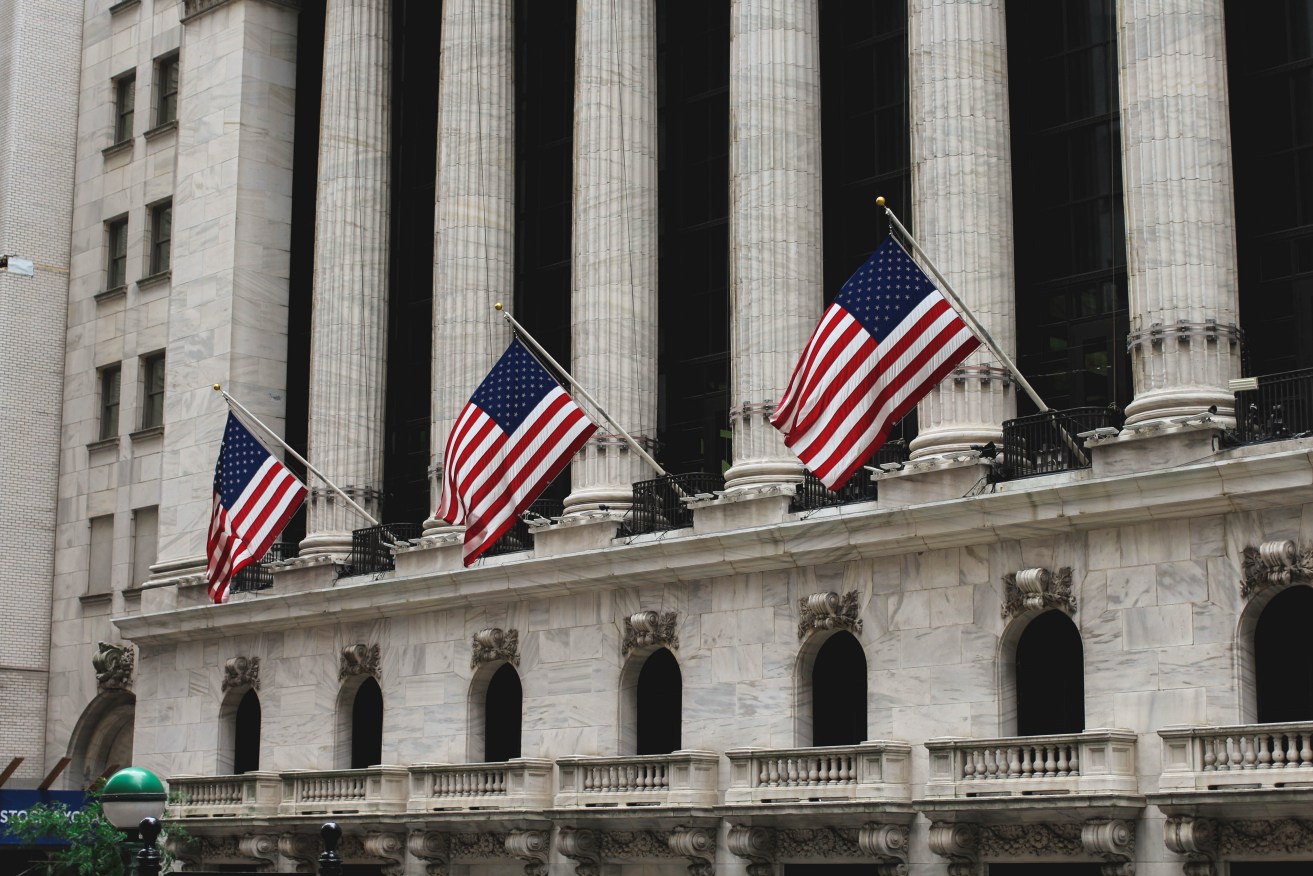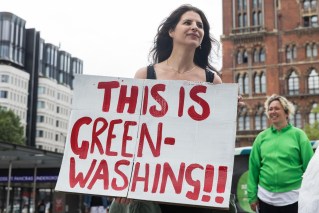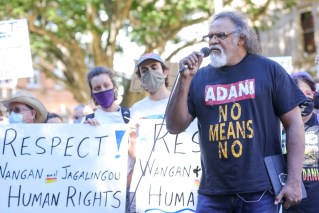American stumble: World’s biggest economy flirts with recession
The US economy has unexpectedly contracted in the second quarter, with consumer spending growing at its slowest pace in two years and business spending declining, which could fan financial market fears that the economy is already in recession.

Image: Sean Driscoll/Unsplash
The second straight quarterly decline in gross domestic product reported by the Commerce Department on Thursday largely reflected a more moderate pace of inventory accumulation by businesses because of ongoing shortages of motor vehicles.
Slowing consumer spending has also left retailers with little appetite to accumulate more stock.
The back-to-back decline in GDP against the backdrop of aggressive monetary policy tightening by the Federal Reserve could force the US central back to scale back its massive interest rate increases.
“The economy is highly vulnerable to slipping into a recession,” said Sal Guatieri, a senior economist at BMO Capital Markets in Toronto.
“That might discourage the Fed from ramming through another large rate hike in September.”
Gross domestic product fell at a 0.9 per cent annualised rate last quarter, the government said in its advance estimate of GDP.
Economists polled by Reuters had forecast GDP rebounding at a 0.5 per cent rate.
Estimates ranged from as low as a 2.1 per cent rate of contraction to as high as a 2.0 per cent growth pace.
The economy contracted at a 1.6 per cent pace in the first quarter.
The second straight quarterly decline in GDP meets the standard definition of a recession.
But the National Bureau of Economic Research, the official arbiter of recessions in the United States defines a recession as “a significant decline in economic activity spread across the economy, lasting more than a few months, normally visible in production, employment, real income and other indicators”.
Job growth averaged 456,700 per month in the first half of the year, which is generating strong wage gains.
Still, the risks of a downturn have increased.
Homebuilding and house sales have weakened while business and consumer sentiment have softened in recent months.
US stocks were lower. The US dollar was steady against a basket of currencies. US Treasury prices rose.
The White House is vigorously pushing back against the recession chatter as it seeks to calm voters ahead of the November 8 midterm elections that will decide whether President Joe Biden’s Democratic Party retains control of the US Congress.
Treasury Secretary Janet Yellen is scheduled to hold a news conference on Thursday to “discuss the state of the US economy”.
While the labour market remains tight, there are signs it is losing steam.
A separate report from the Labor Department on Thursday showed initial claims for state unemployment benefits decreased by 5,000 to a seasonally adjusted 256,000 for the week ended July 23.
Economists polled by Reuters had forecast 253,000 applications for the latest week.
Jobless claims remain below the 270,000-350,000 range that economists say would signal an increase in the unemployment rate.
With the economy struggling, the Fed could slow its pace of rate hikes, though much would depend on the path of inflation, which is way above the US central bank’s 2.0 per cent target.
The Fed on Wednesday raised its policy rate by another three-quarters of a percentage point, bringing the total interest rate hikes since March to 225 basis points.
Fed Chair Jerome Powell acknowledged the softening economic activity as a result of tighter monetary policy.












